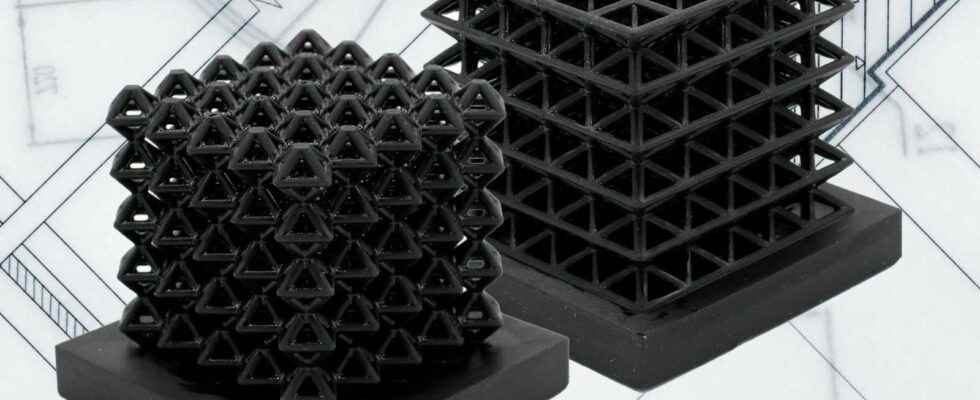MIT has created 3D printed materials that can detect their own movements. Thanks to channels filled with air, sensors can detect changes in pressure and determine the deformations of the structure.
You will also be interested
[EN VIDÉO] Seven incredible 3D prints to discover on video 3D printing is revolutionizing the way we design, develop and build things. The future of the industry will therefore certainly be printed in 3D. Here is a video preview of the craziest impressions already made.
Researchers from Computer Science & Artificial Intelligence Lab (CSAIL) from MIT (Massachusetts Institute of Technology) have just developed “architectural materials” capable of detecting their own deformations. These materials are structures printed in 3D and considered programmable because it is enough to change the geometry slightly to modify certain properties, such as the rigidity or solidity.
In their article published in the journal Science Advancesthe researchers describe their technique 3D printing DLP (Digital Light Processing) with a photopolymer resin that hardens on contact with the light. They were thus able to create a complex structure in which all the elements are hollow. When it deforms, theair is hunted and measured by a Pressure sensor.
A breakthrough for soft robotics
They used this technique to create a platform soft robotics with four degrees of freedom, equipped with four servomotors and 12 sensors. They operated the robot and recorded sensor data for 18 hours, with a sensor of movements. Thanks to the’artificial intelligencethey were able to analyze this data with a neural network and create a model that can determine the movements made by the soft robot just with the data from the sensors of pressure.
The researchers hope that their technique will lead to advances in the field of soft robotics, by providing robots with precise proprioceptive sensors integrated directly into their structure. It could even be used to create connected clothing or accessories capable of detecting the movements of the wearer and their interactions with their environment.
Interested in what you just read?
